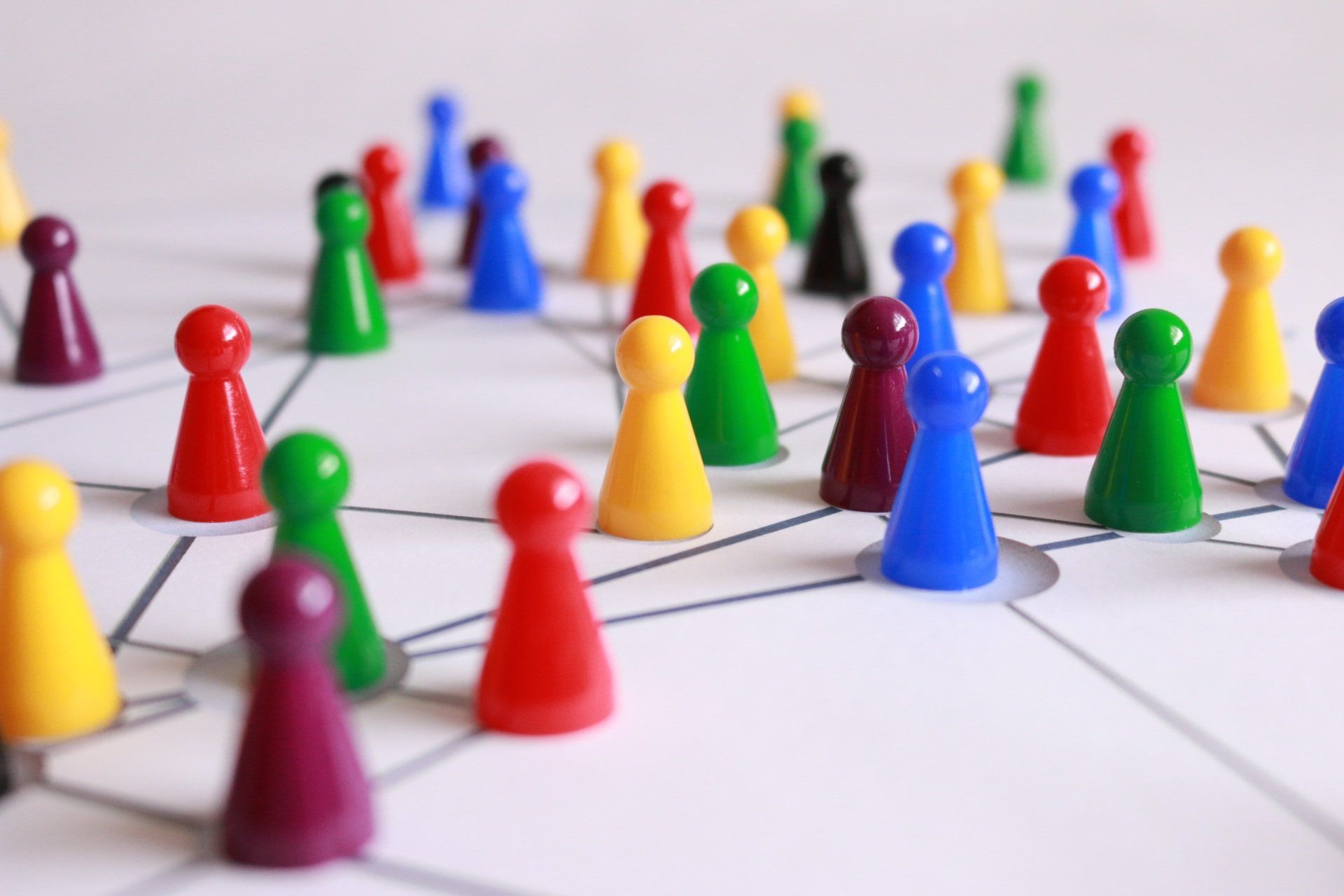Gender equality checklists
Here you can find practical tips which help to bring gender equality closer and make your daily work equally valuable and visible for everybody. Tips are grouped by topic in the form of checklists - with their help you can check how your projects and products are convenient and understandable for everybody.
The checklists have specifically addressed the gender equality. We are, however, aware that there are different other characterictics that can be looked at such as discrimination on the basis of religion, ethnicity, disability, etc.
Check lists for making gender equality a reality
EVENTS
Go to checklistINFORMATION MATERIALS
Go to checklistTHE WORKING PROCESS
Go to checklistPROJECT ACTIVITY
Go to checklistEVENTS - How to arrange inclusive events
Organising an event is no doubt a complex and challenging task with a lot to consider. While planning catering, logistics and a programme, it is not that hard to lose sight of the lifeblood of the event — the people who will attend it. Just remember that your guests have a variety of needs and possibilities. Below, you can find a check-list to help you organise an event that everybody will enjoy.
When preparing information materials, there are two major things to consider: the subject and the target audience. The better you know your readership, the clearer the content you can create. But being on the same page with your your readers does not imply following stereotypical attitudes towards a ‘proper’ or ‘typical’ female or male behaviour. The check-list below is aimed at finding a balance between due regard for men’s and women’s distinctive features and gender neutrality.
THE WORKING PROCESS - How to make employees feel comfortable at workspace
PROJECT ACTIVITY - Ways to boost gender equality within a company or a project. Entry level.
Once you have decided to implement gender equality at work or in a project, take a look at some useful tips below.
Additional information

Feedback
If you have any questions about the checklists implementation or do you have any suggestions, please contact us at
secretariat (at) ccb.se



